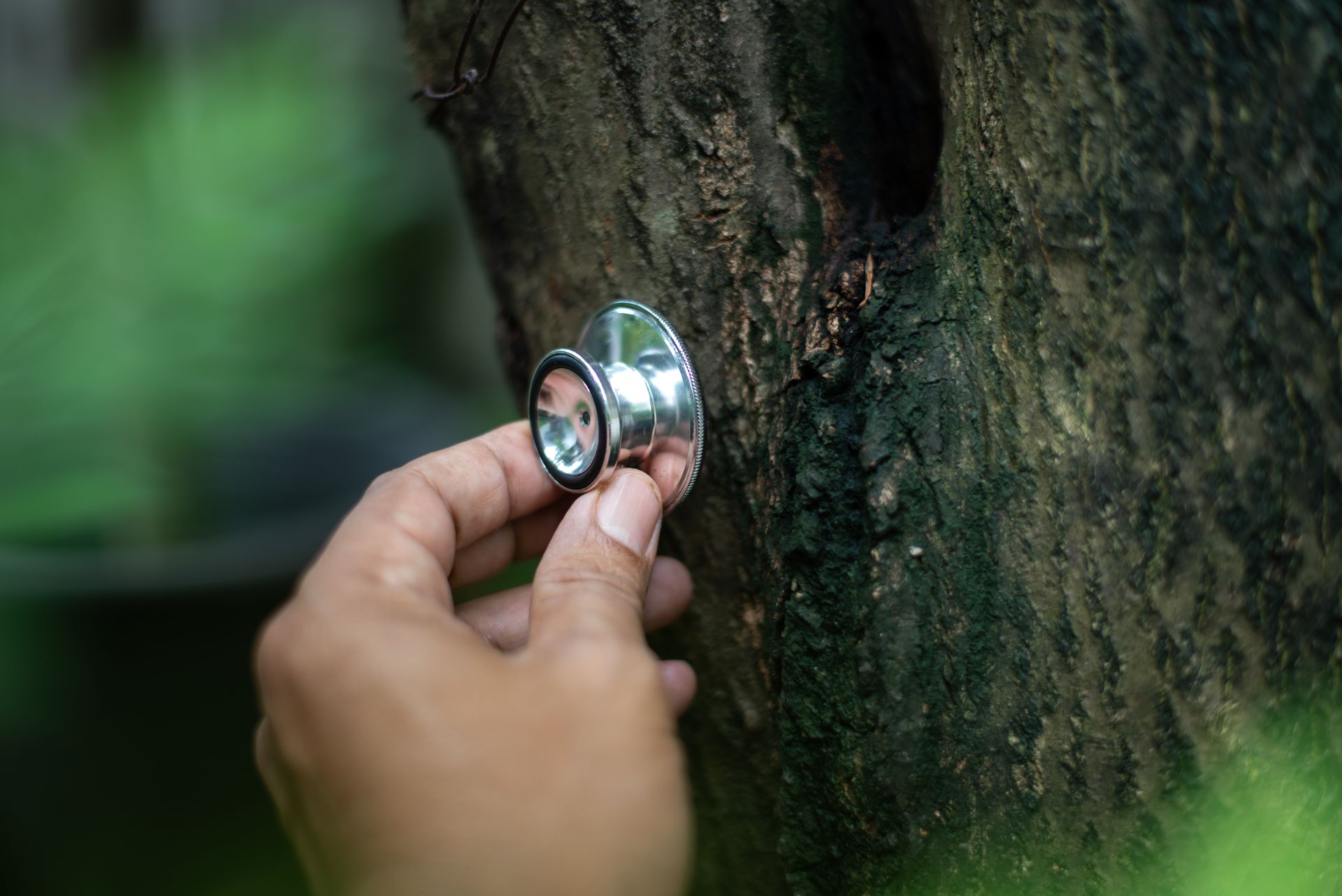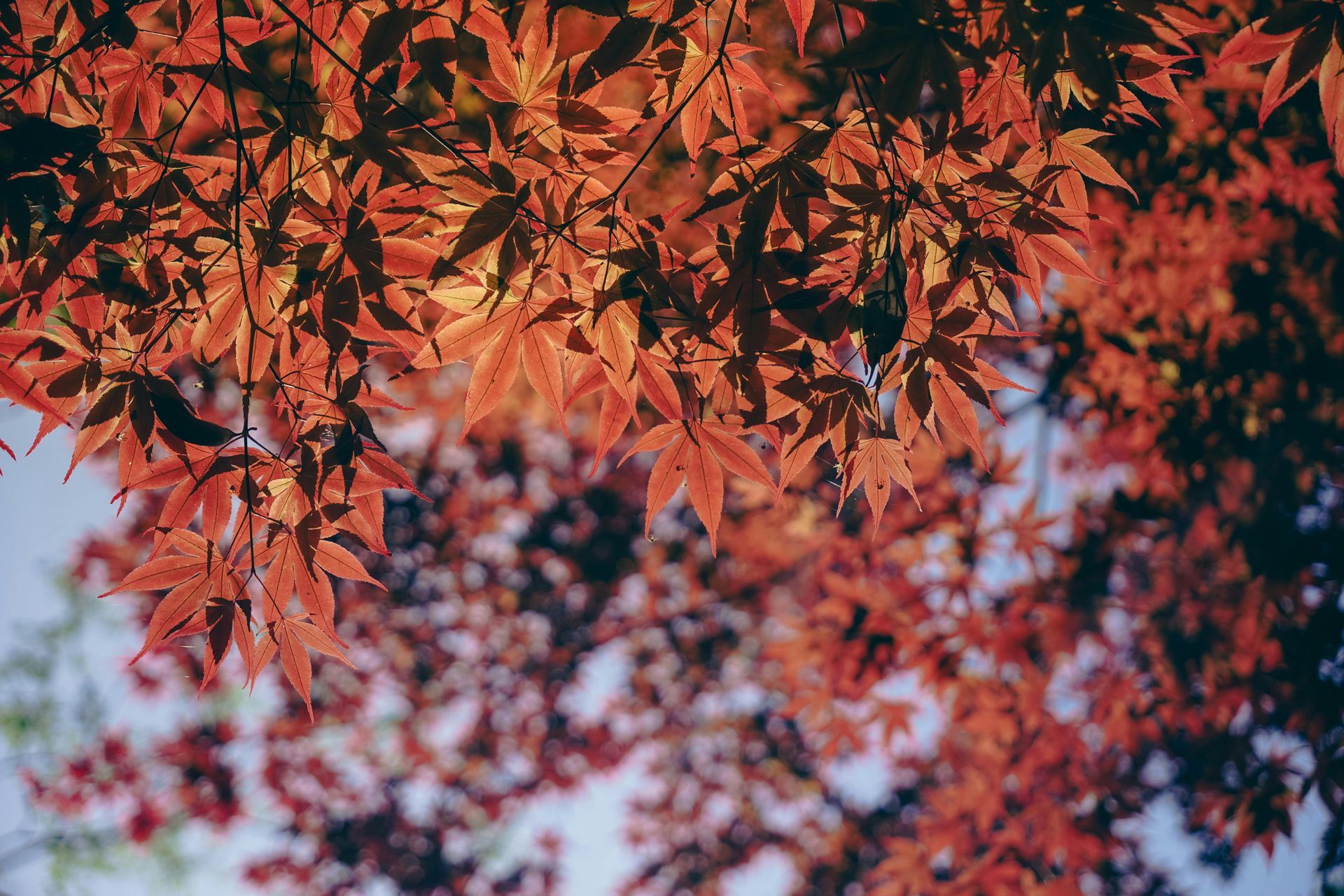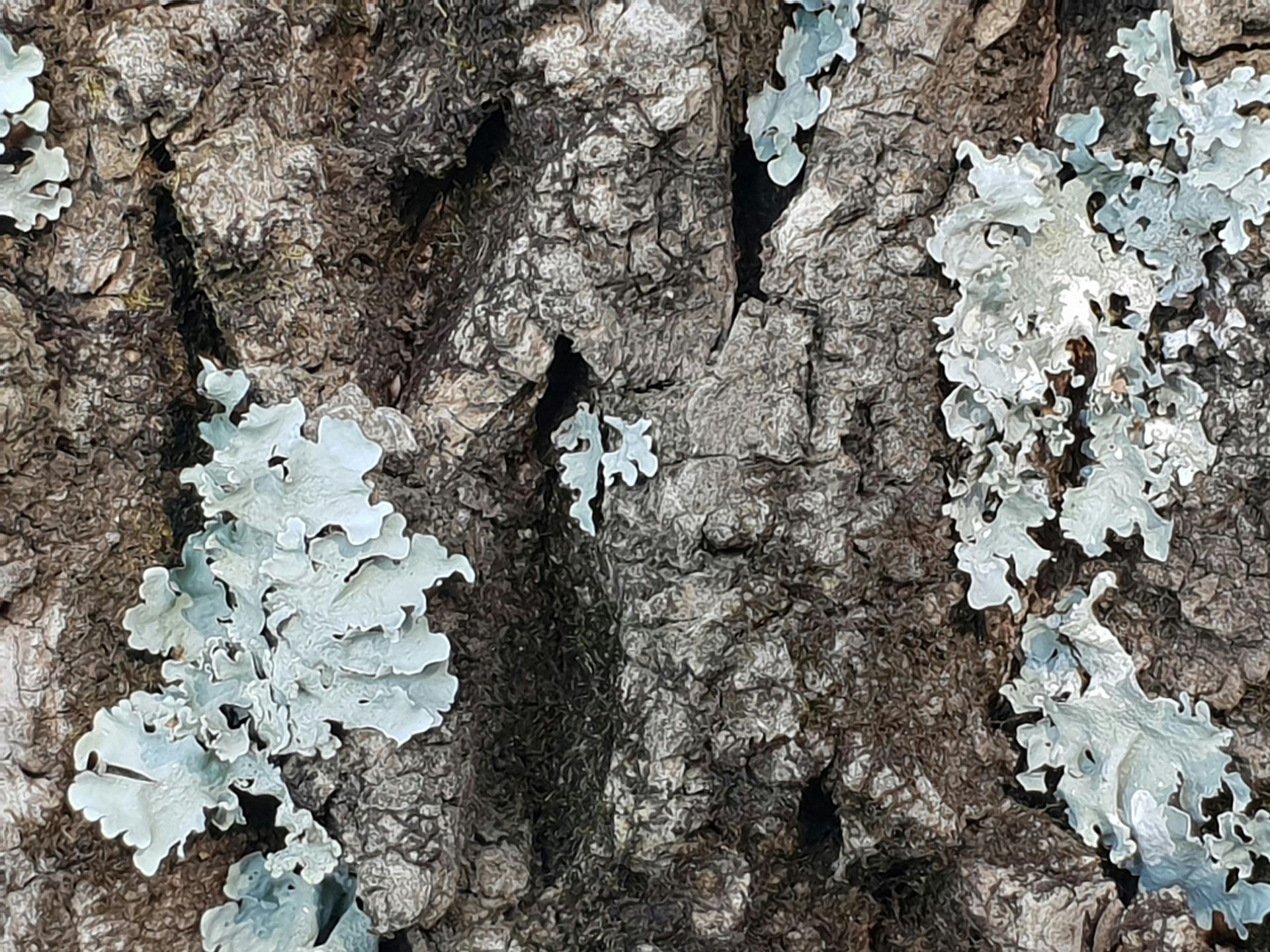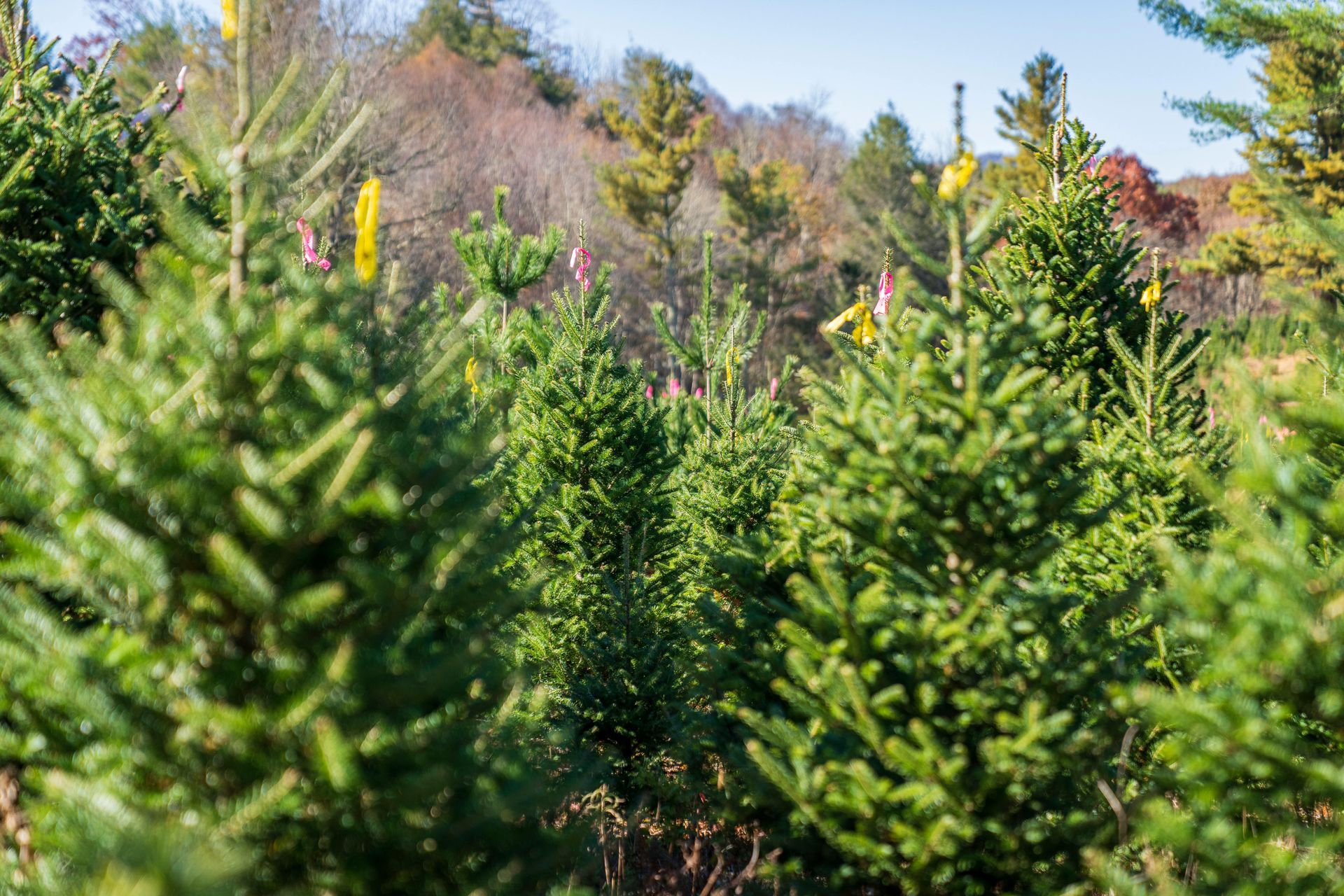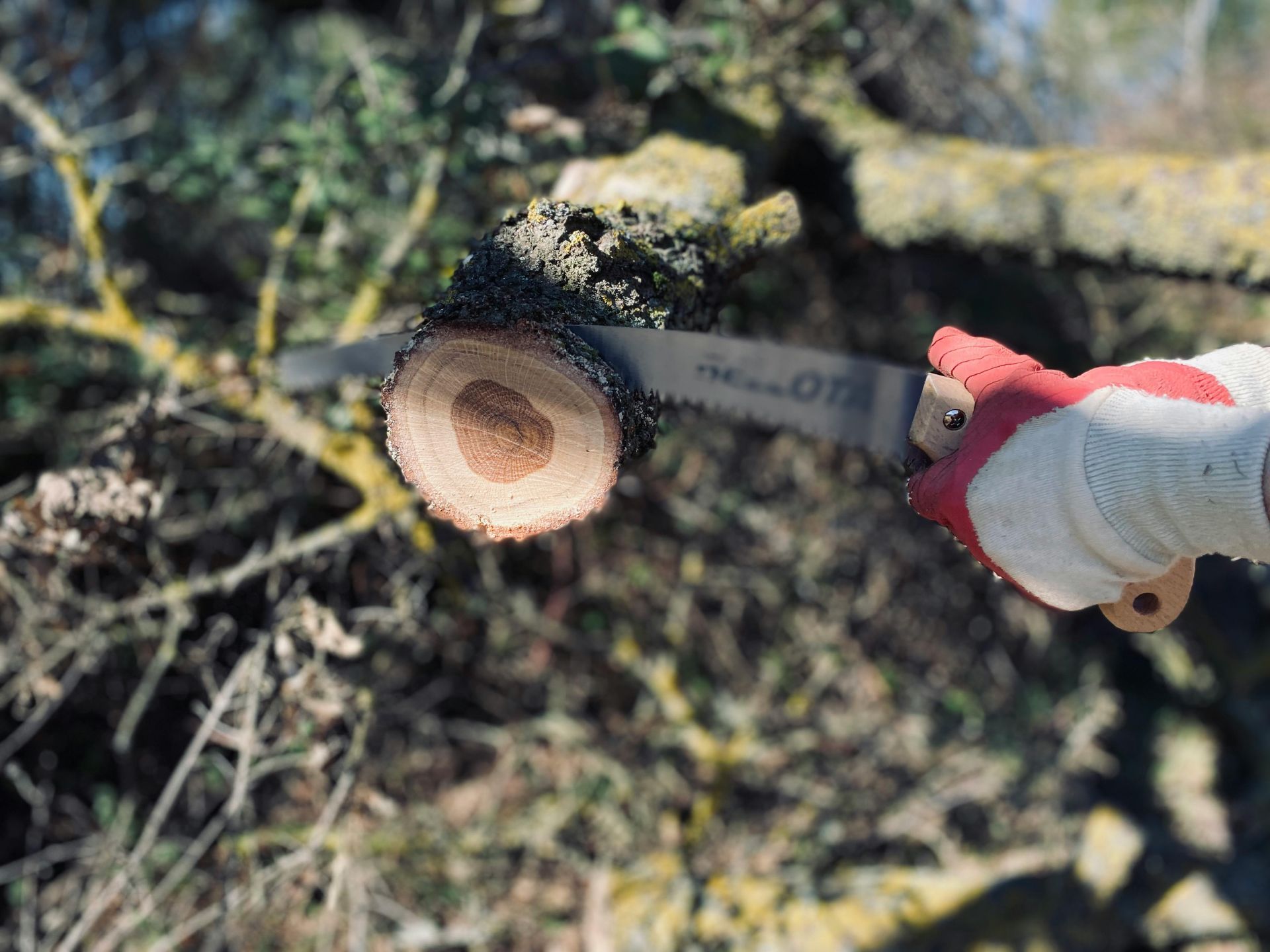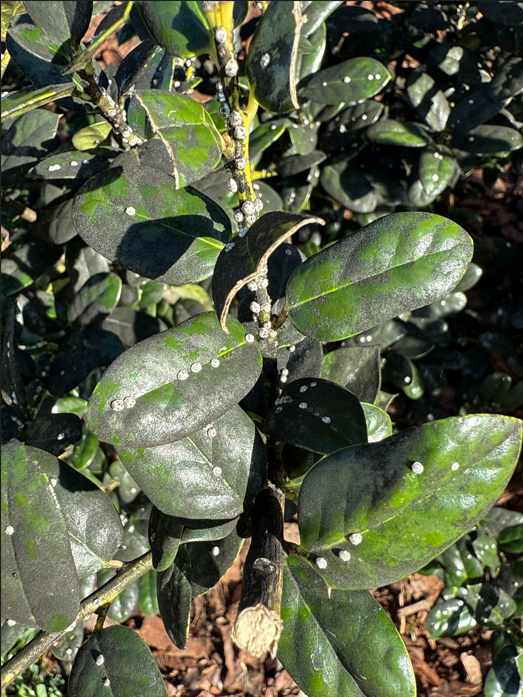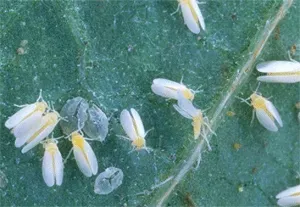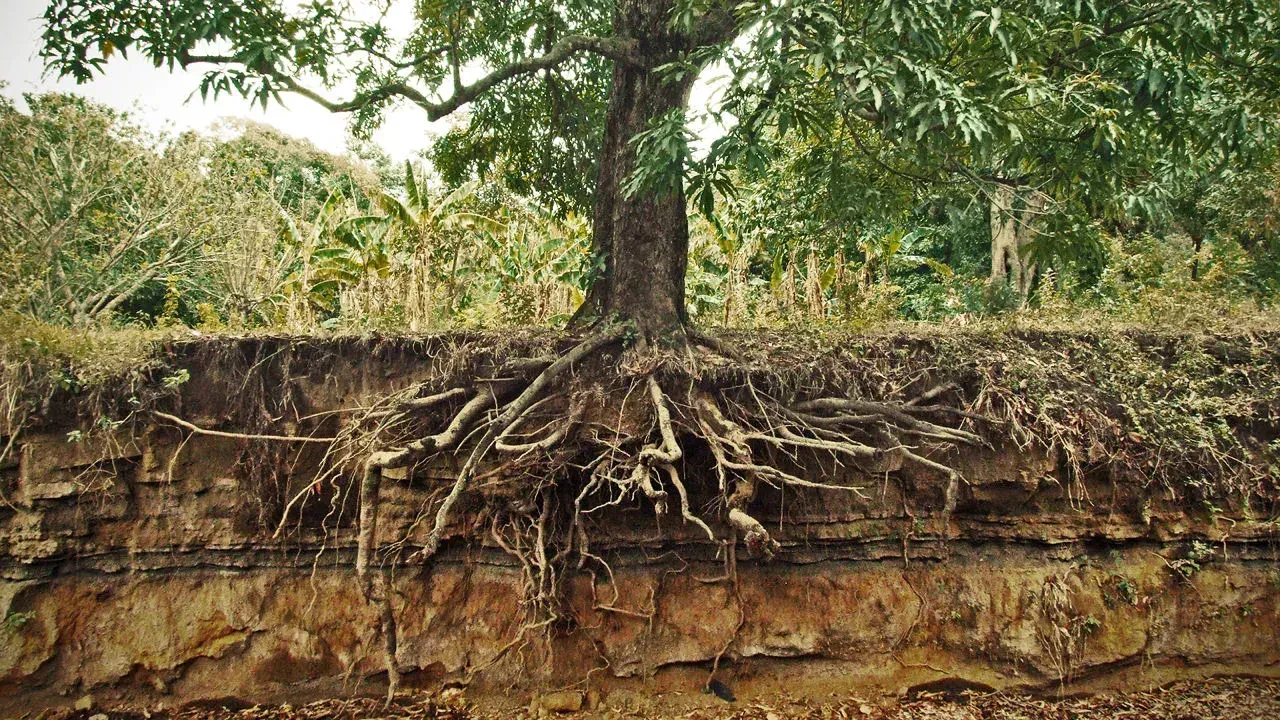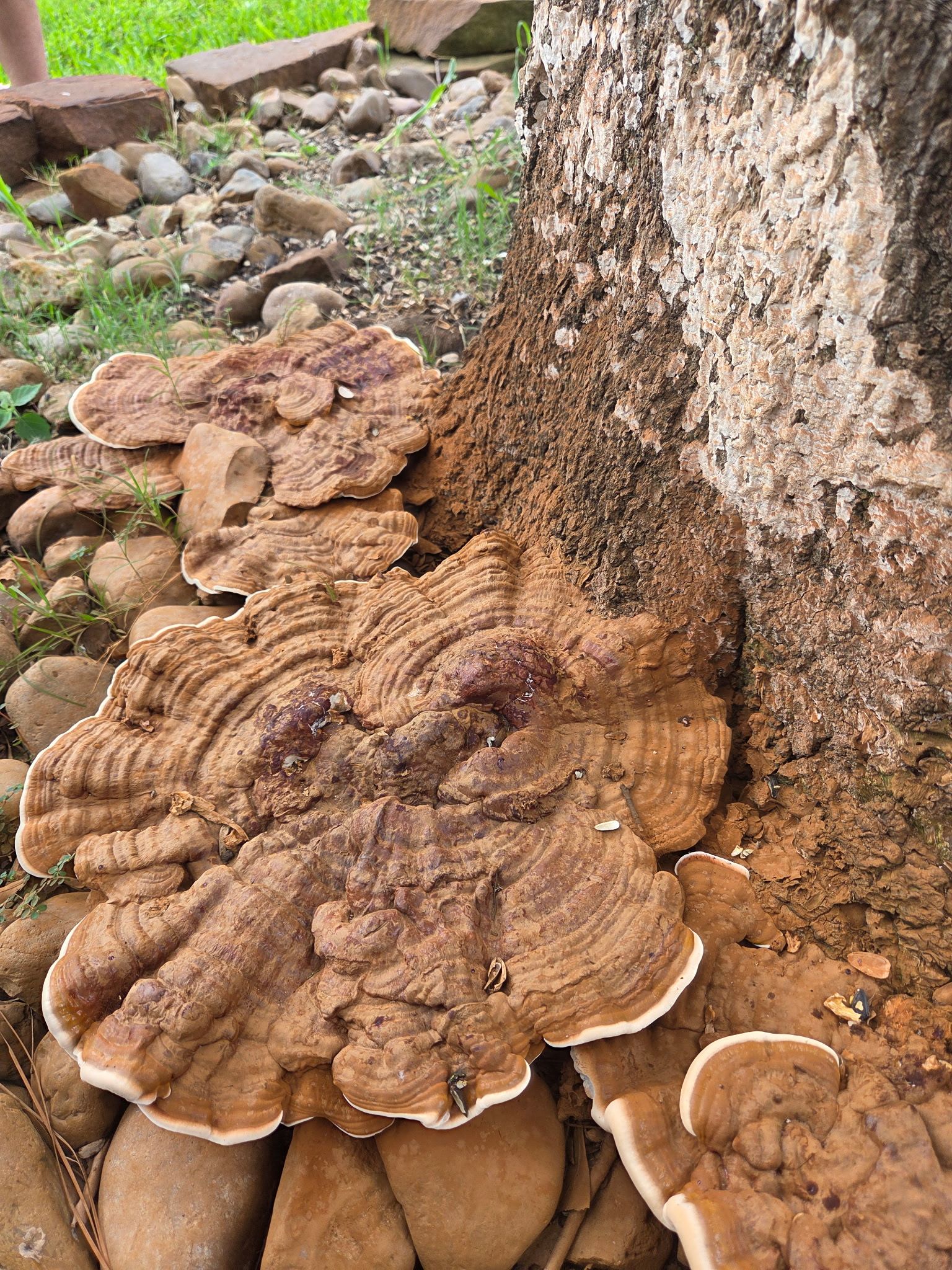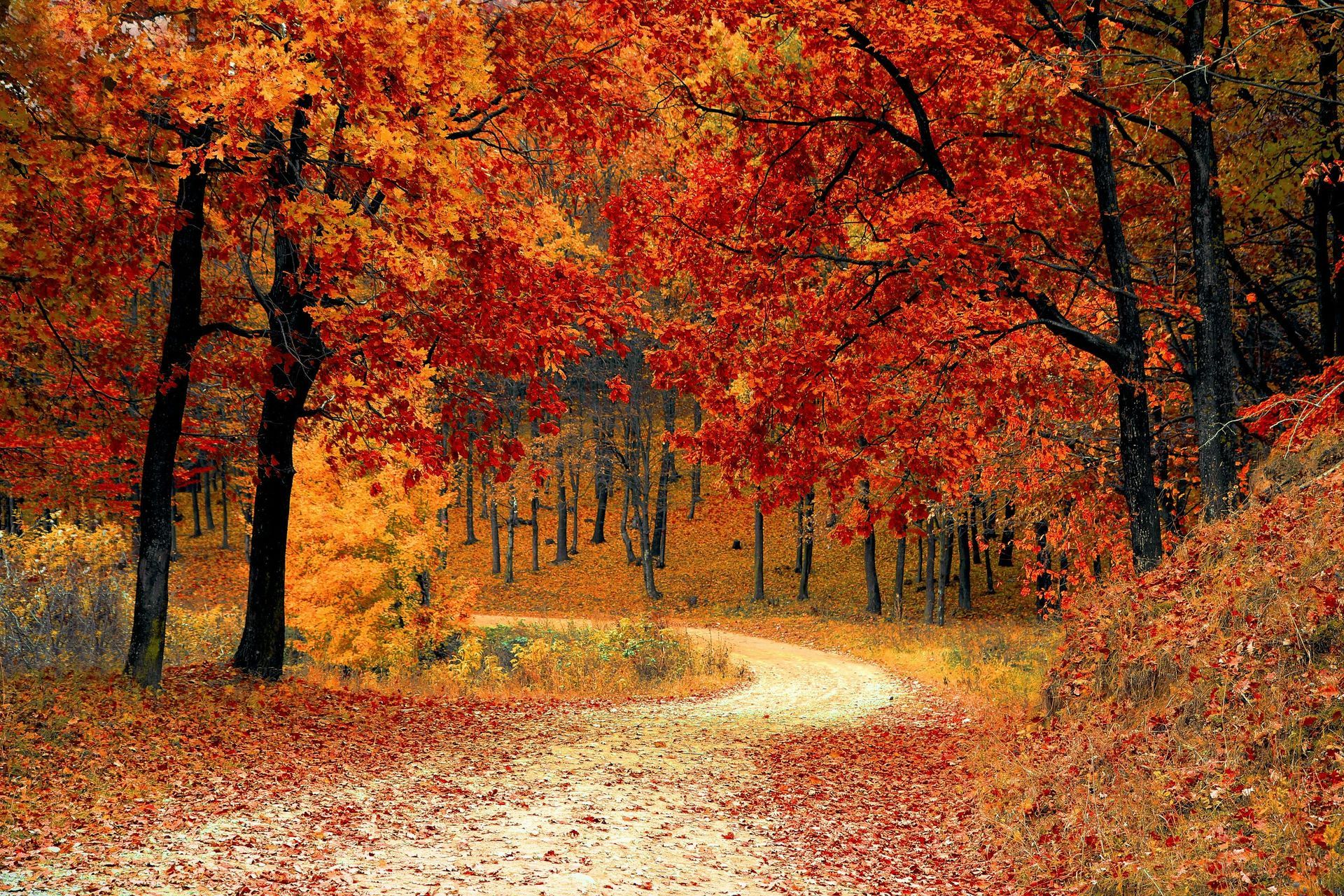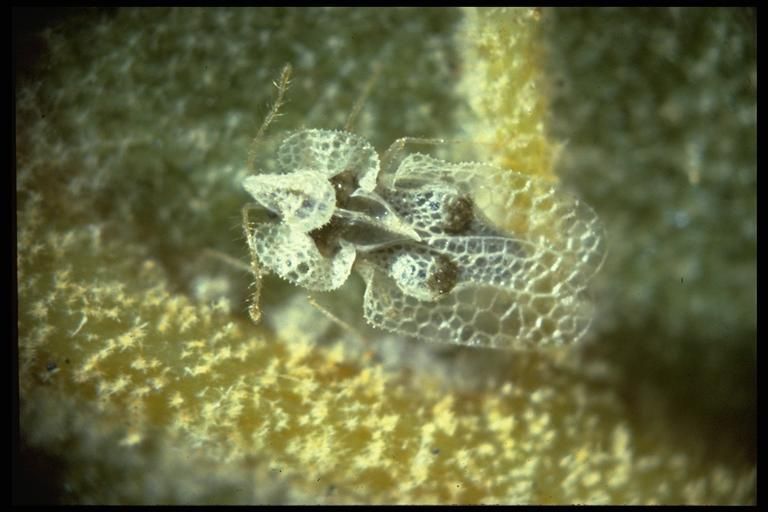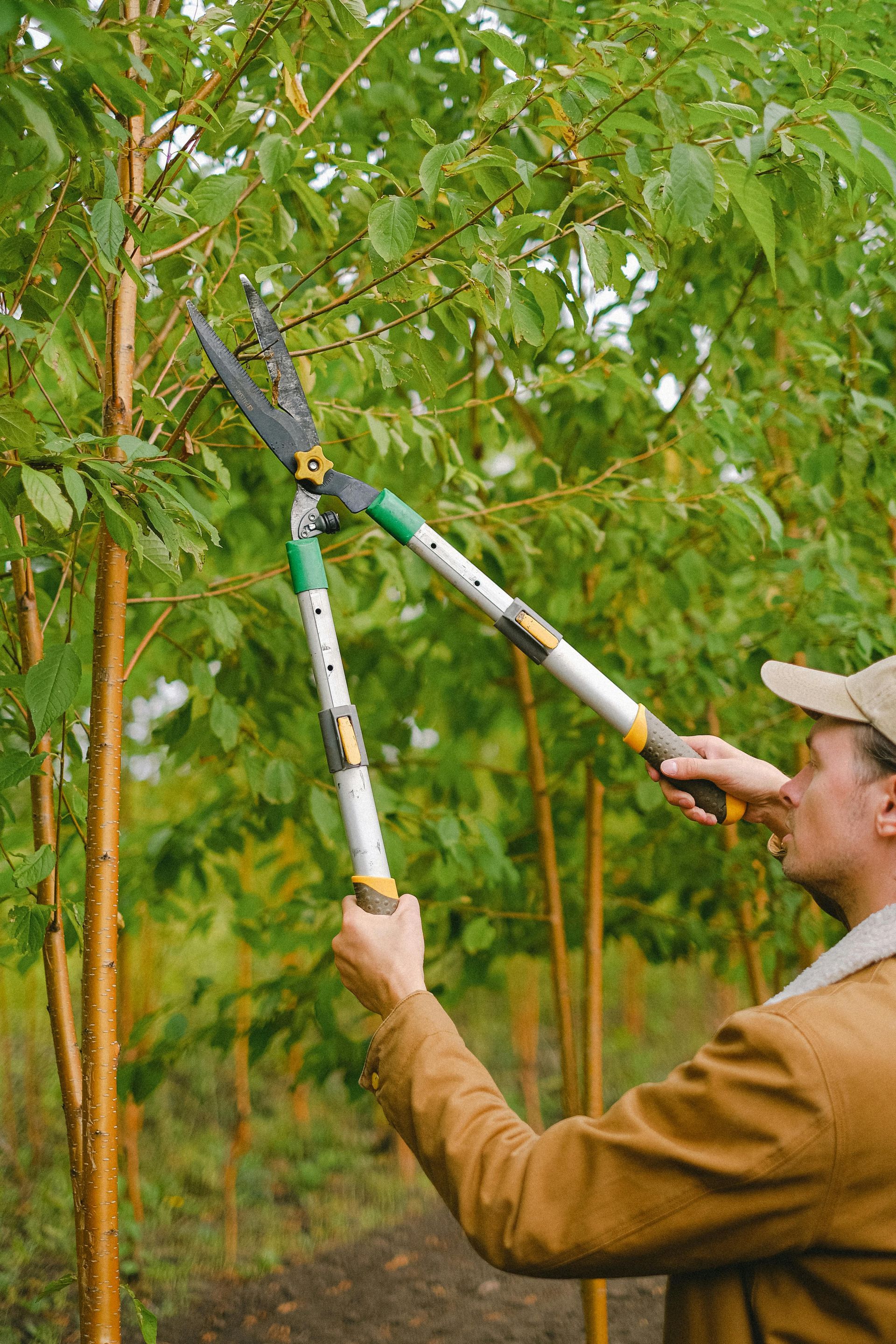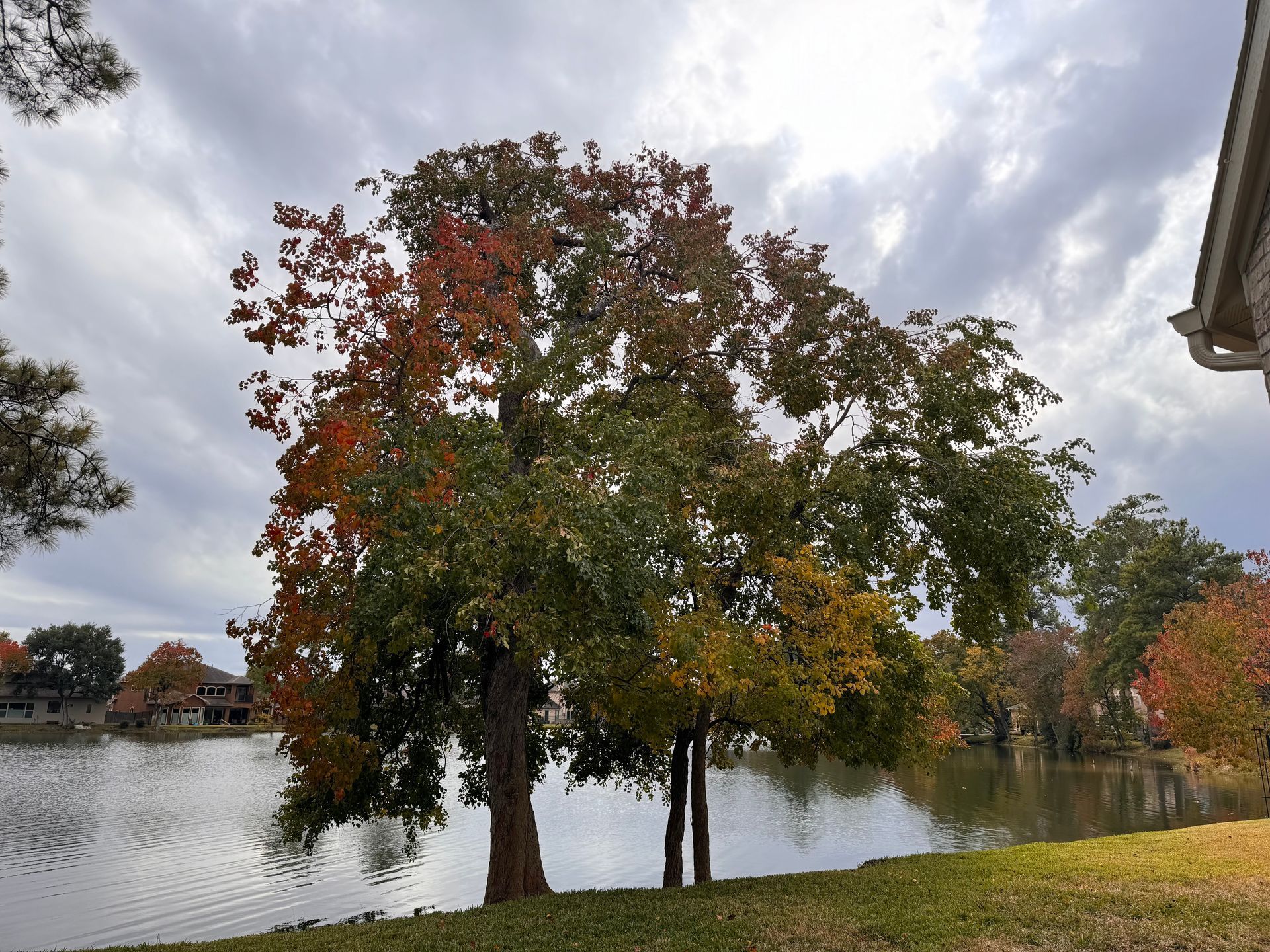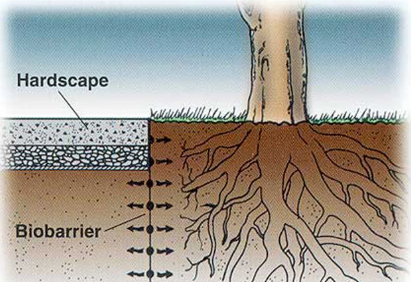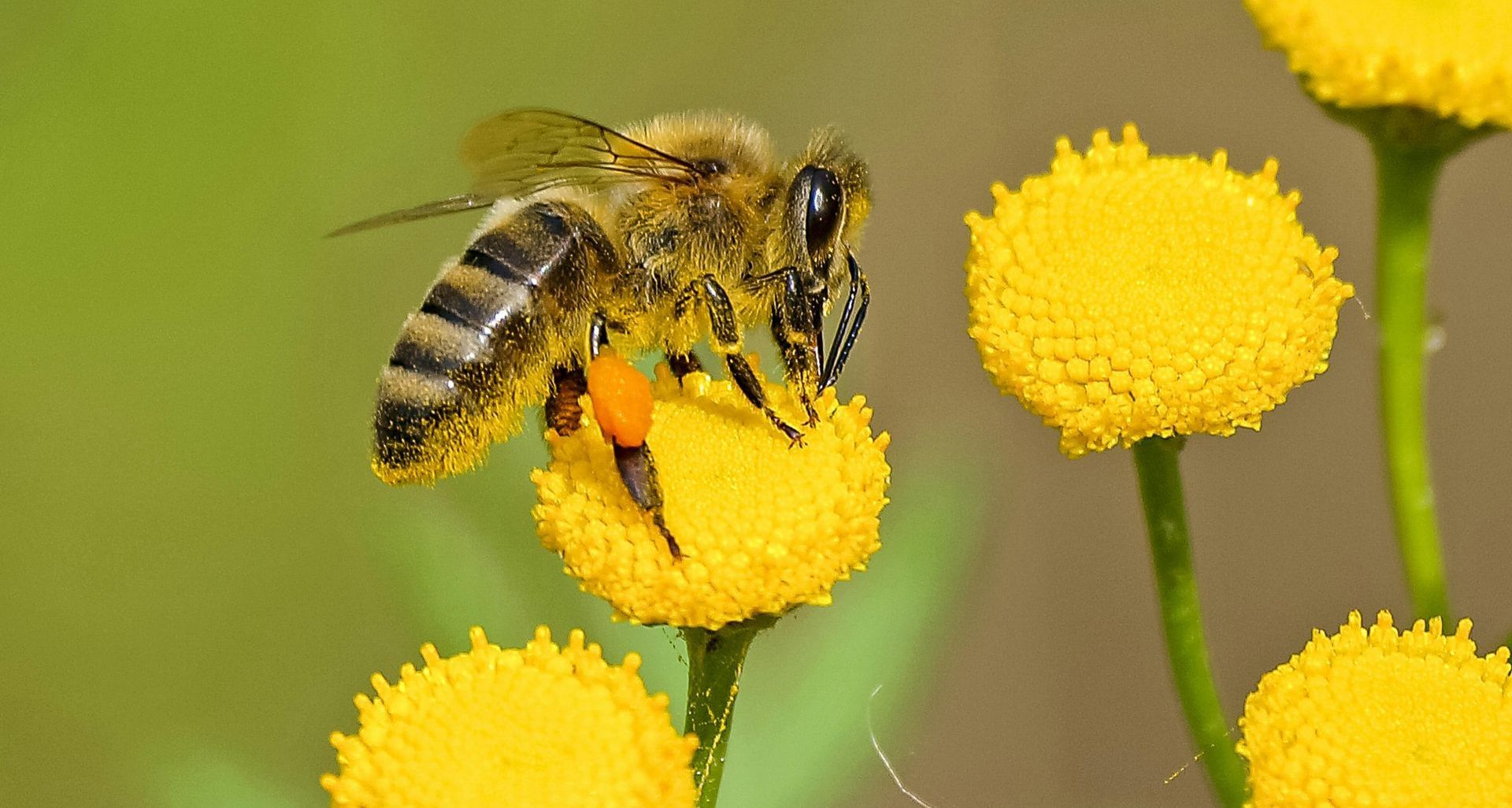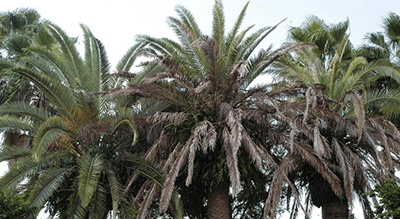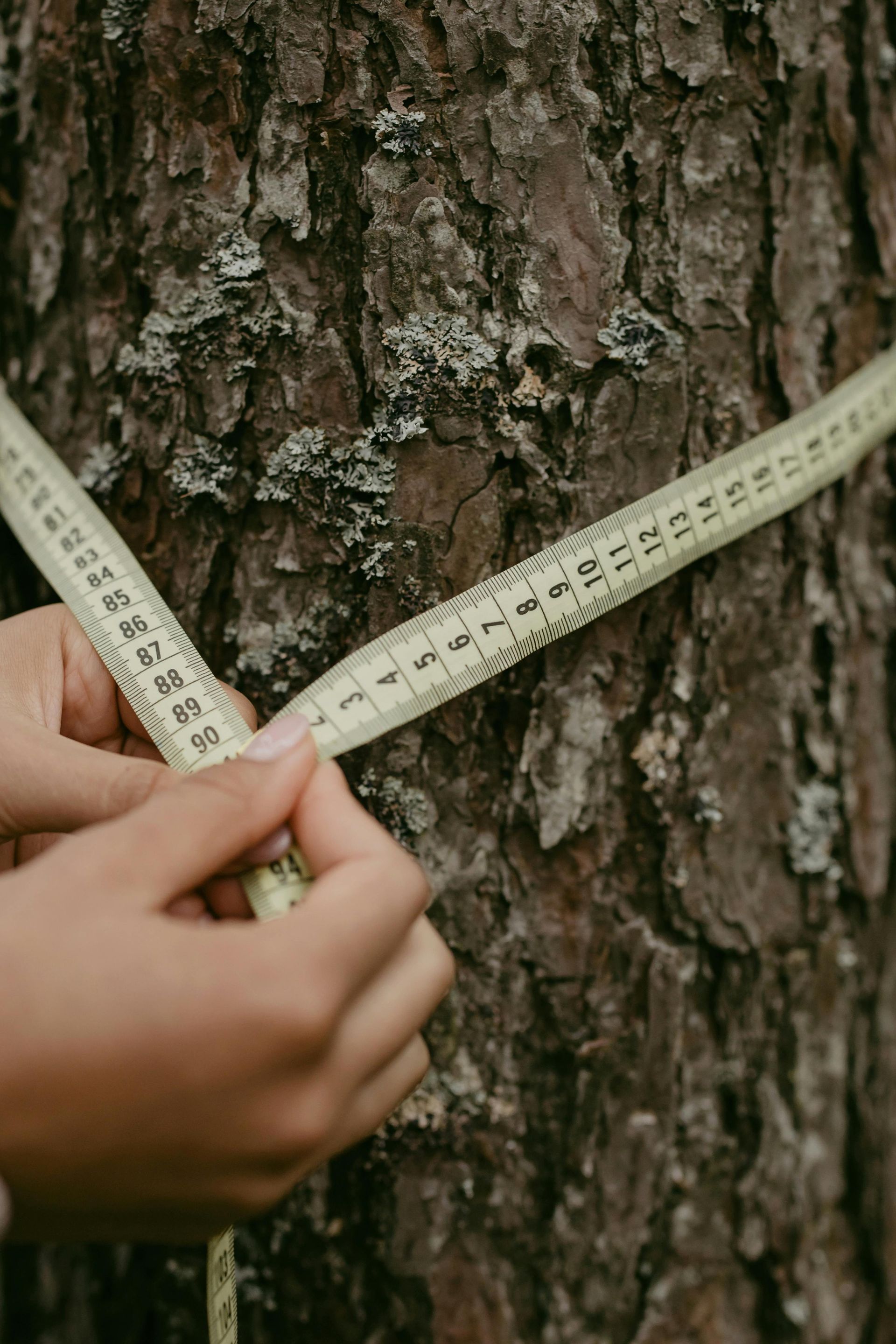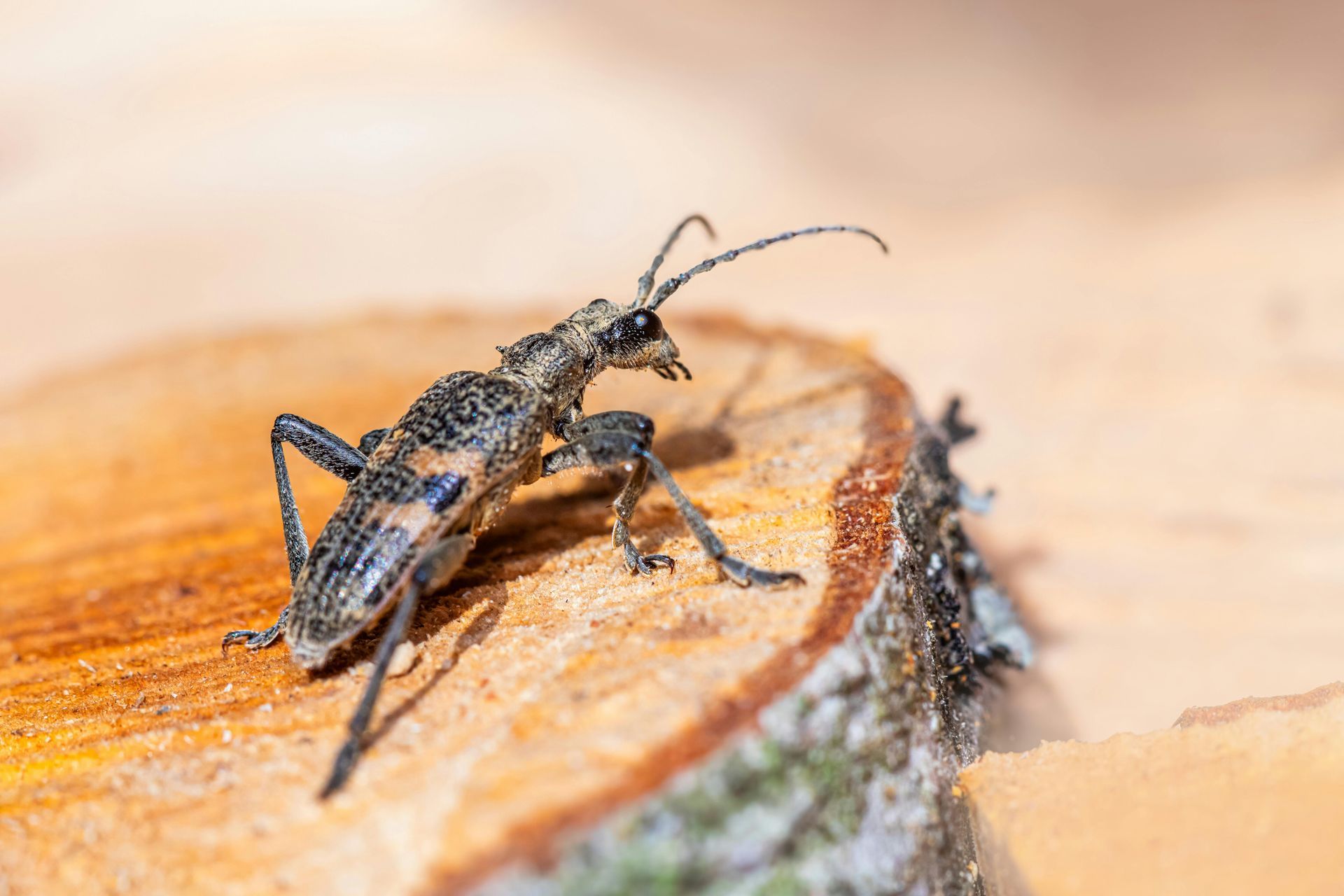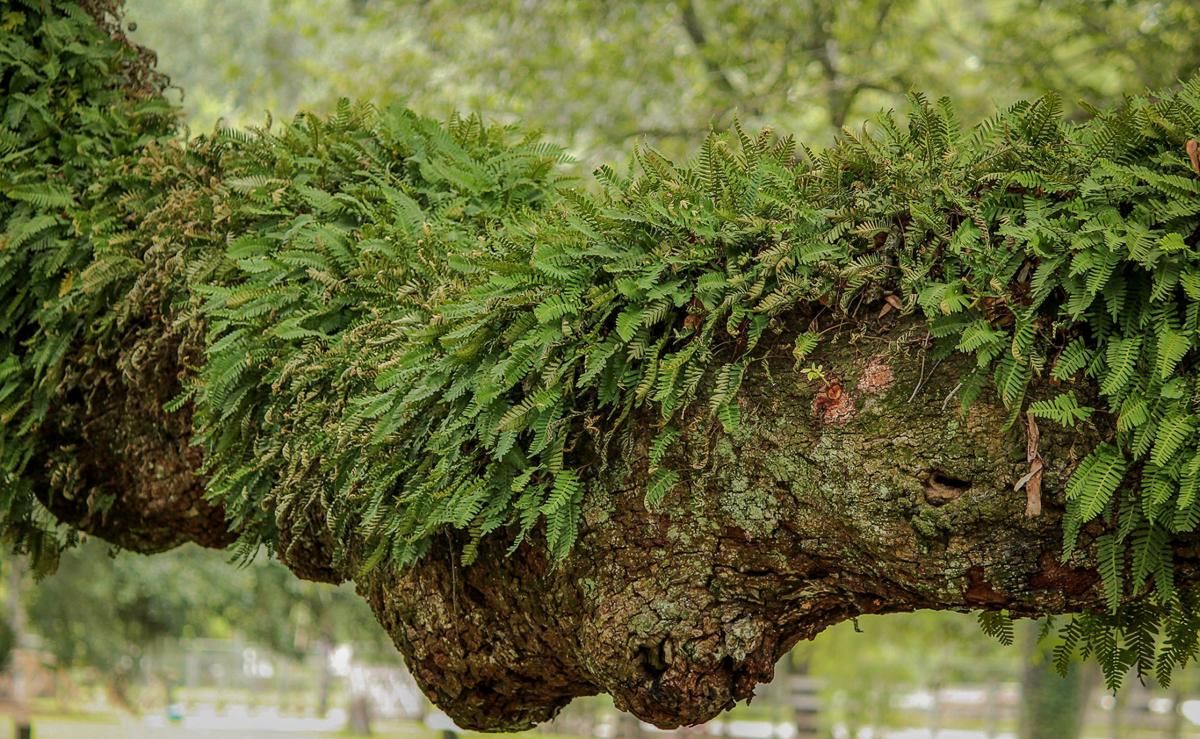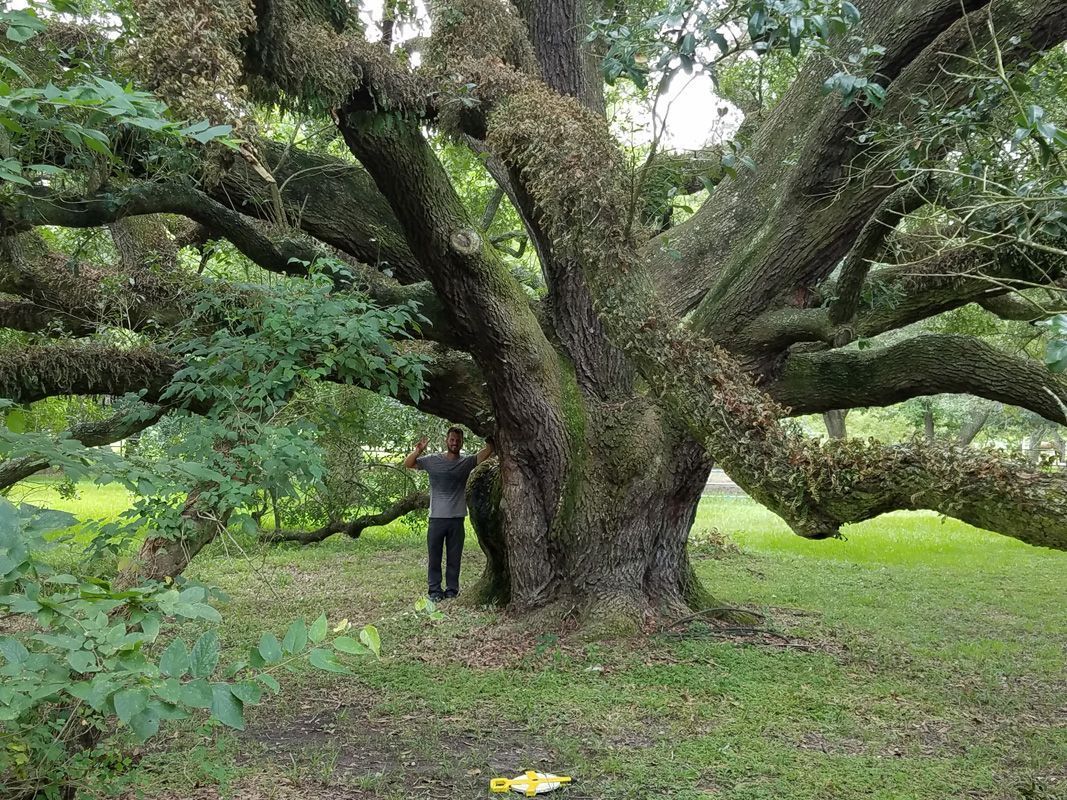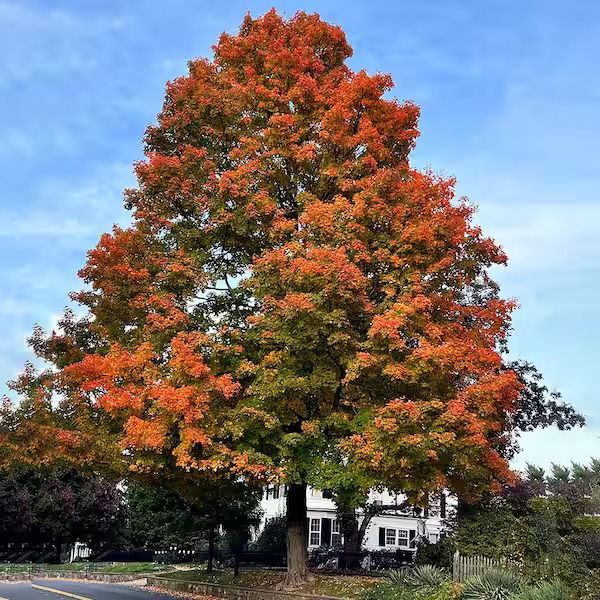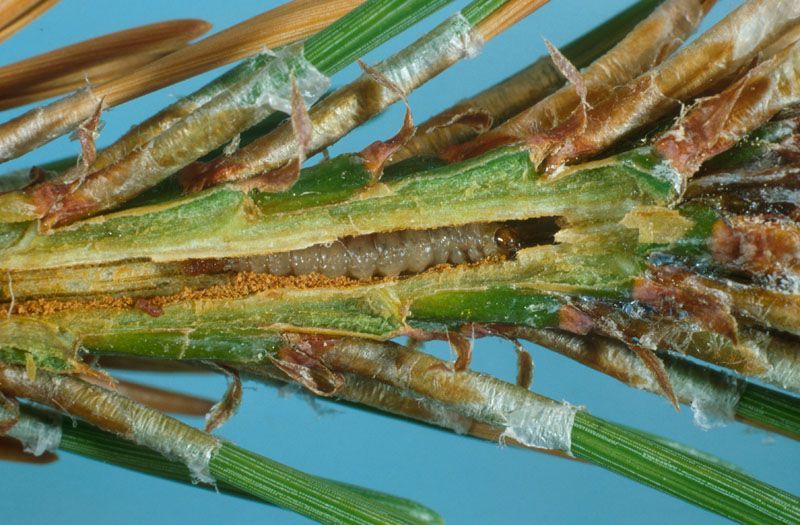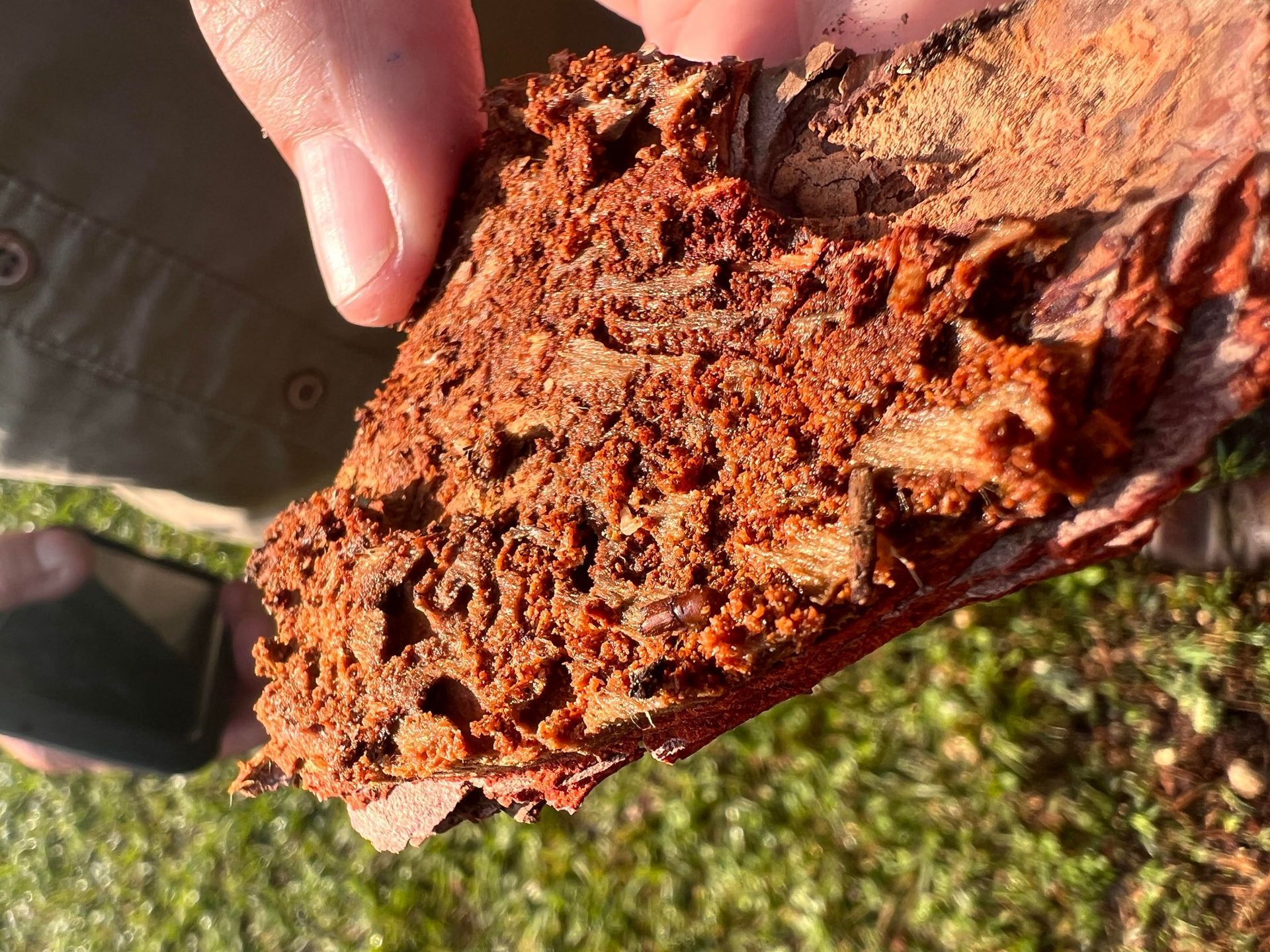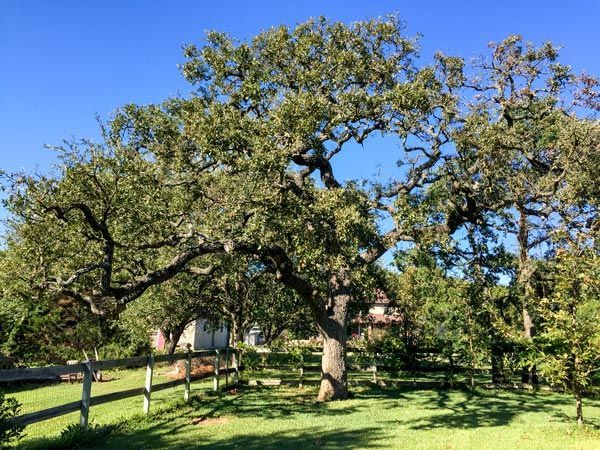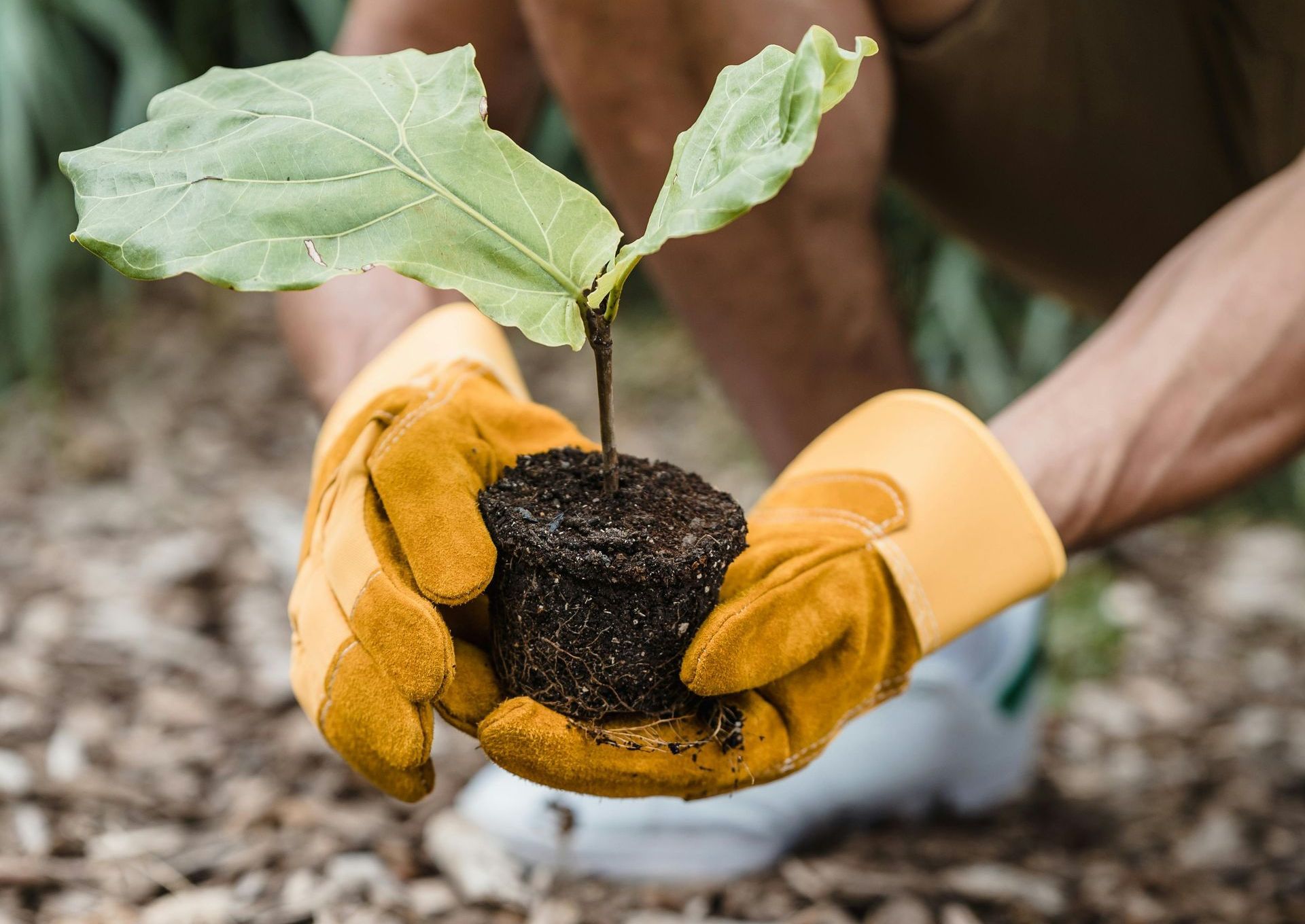Liriope’s Muse: Tree Care Tips from a Master Arborist
TRUSTED TREE CARE SERVICES SINCE 1970
Liriope's Muse - Why Are Leaves Green? The Science Behind Nature's Color Palette
If you've ever wandered through a forest, admired a sprawling oak, or simply observed the trees in your yard, you might have wondered: why are tree leaves green? The answer lies in a fascinating combination of biology, chemistry, and evolution, all working together to keep our trees healthy and vibrant. In this blog, we’ll explore the science behind green leaves and what makes this color so essential to trees—and to life on Earth.

The Role of Chlorophyll
The primary reason tree leaves appear green is due to a pigment called chlorophyll. Chlorophyll is vital for a process known as photosynthesis, where trees (and other plants) convert sunlight into energy. This pigment absorbs light, particularly from the blue and red parts of the light spectrum, while reflecting the green wavelengths. That reflected green light is what makes leaves appear green to our eyes.
But chlorophyll isn’t just for show. It's the powerhouse behind the tree's ability to feed itself. Through photosynthesis, trees use chlorophyll to absorb sunlight and convert it into chemical energy, which is then used to turn carbon dioxide and water into glucose, a type of sugar that nourishes the tree. This process also releases oxygen into the atmosphere—a critical factor for all living beings on Earth.
Why Green and Not Another Color?
At this point, you might ask: why is chlorophyll green and not another color? The answer is related to the nature of light and energy efficiency. Sunlight contains all the colors of the spectrum, but chlorophyll is most efficient at absorbing blue and red light. These wavelengths provide the right amount of energy needed for photosynthesis. Green light, however, isn’t as effective for energy conversion, so it’s mostly reflected rather than absorbed, making leaves appear green.
This selective absorption isn’t unique to chlorophyll. Other pigments, such as carotenoids and anthocyanins, are also present in leaves, but they typically contribute more to autumnal colors like yellow, orange, and red. Chlorophyll’s dominance in the growing season ensures that green remains the primary color.

Seasonal Changes in Leaf Color
While tree leaves are predominantly green during the spring and summer, you’ve probably noticed that they change color in the fall. As days get shorter and temperatures drop, trees prepare for winter by reducing their chlorophyll production. Without as much chlorophyll to mask them, other pigments like carotenoids and anthocyanins become visible, giving leaves their vibrant autumn hues.
In essence, the changing colors are a visual sign that the tree is going dormant and conserving energy for the colder months ahead. The decrease in chlorophyll allows the natural pigments that have always been in the leaves to finally show through.
Evolutionary Advantage of Green Leaves
Trees evolved to have green leaves for a very practical reason: survival. The efficiency of chlorophyll in harvesting sunlight for photosynthesis allowed early plants to thrive, particularly in environments with plentiful light. Over millions of years, this trait became dominant, giving plants and trees a significant evolutionary advantage.
The green color also offers some protective benefits. Green leaves tend to absorb less heat compared to darker-colored leaves, which helps prevent the tree from overheating during hot summer months. Additionally, chlorophyll helps to shield the tree from ultraviolet radiation.
Green Leaves, Green Earth
The green color of tree leaves is more than just a pleasant backdrop for our lives—it’s a vital indicator of the intricate processes happening inside every tree. Through chlorophyll and photosynthesis, trees create their own food, provide oxygen for us to breathe, and contribute to the delicate balance of ecosystems.
Next time you gaze up at a lush canopy of leaves, you’ll know that those shades of green represent the power of nature’s own energy production system at work, a process that has sustained life on Earth for millions of years.
By appreciating the science behind tree leaves, we also gain a deeper understanding of why trees are so vital to our planet. From the oxygen they produce to the shelter they provide, trees continue to be one of the most essential components of the natural world.
Liriope’s Muse - Expert Tree Care Tips
